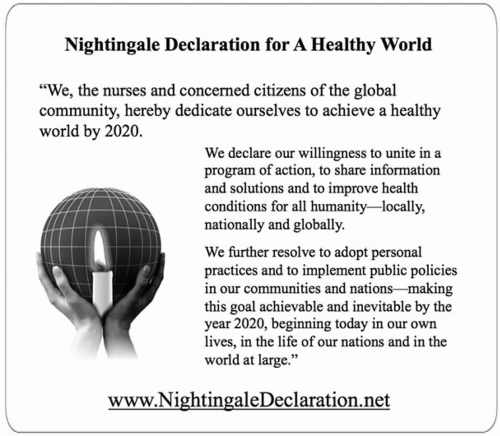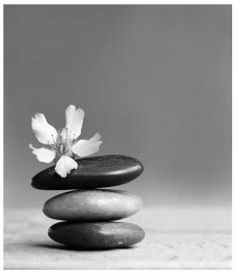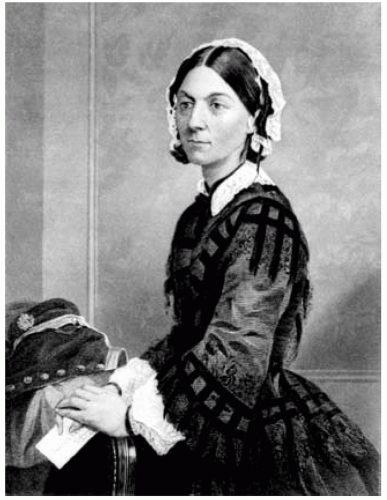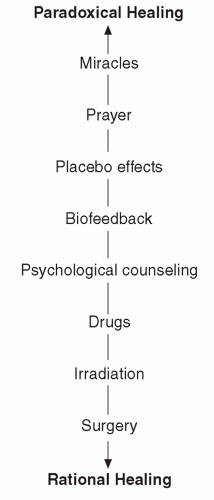|
Explore the Theory of Integral Nursing and its application to holistic nursing.
Examine the United Nations Millennium Goals.
Link Florence Nightingale’s legacy of healing, leadership, global action, and her work as a nurse and citizen activist to 21st-century integral and holistic nursing.
Analyze relationship-centered care and its three components.
Examine optimal healing environments and their four domains.
Apply relationship-centered care principles and components in your practice.
Compare and contrast the three eras of medicine.
Examine the Theory of Integral Nursing, and begin the process of integrating the theory into your clinical practice.
Determine whether you have an integral worldview and approach in your clinical practice and other education, research, hospital policies, and community endeavors.
Create an integral self-care plan.
Examine ways to enhance integral understanding in your personal endeavors.
Develop short- and long-term goals related to increasing your commitment to an integral developmental process.
(personal/intentional), individual exterior (physiology/behavioral), collective interior (shared/cultural), and collective exterior (structures/systems) are considered as equally important to exchanges and outcomes.
Nurses should practice to the full extent of their education and training.
Nurses should achieve higher levels of education and training through an improved
education system that promotes seamless academic progression.
Nurses should be full partners, with physicians and other healthcare professionals, in redesigning health care in the United States.
Effective workforce planning and policy making require better data collection and information infrastructure.
health of individuals, of communities, of environments (interior and exterior), and the world as our first priority. We are educated and prepared—physically, emotionally, socially, mentally, and spiritually—to accomplish effectively the activities required to create a healthy world. Nurses are key in mobilizing new approaches in health education and healthcare delivery in all areas of nursing. Solutions and evidence-based practice protocols can be shared and implemented around the world through dialogues, the Internet, and publications, which are essential as we address the global nursing shortage.19
that determine the health or lack of health of people. For each goal, one or more targets, which used the 1990 data as benchmarks, are set to be achieved by 2015. Health is the common thread running through all eight UN MDGs. The goals are directly related to nurses, as they work today to achieve them at grassroots levels everywhere and many are engaged in sharing local solutions at the global level.
 FIGURE 1-2 Nightingale declaration for a healthy world by 2020. Source: Used with permission, Nightingale Initiative for Global Health (NIGH), http://www.nightingaledeclaration.net |
professors. She revolutionized hospital data collection and invented a statistical wedge diagram equivalent to today’s circular histograms or circular statistical representation. In 1858, she became the first woman admitted to the Royal Statistical Society. She developed and wrote protocols and papers on workhouses and midwifery that led to successful legislation reform. She was a recognized expert on the health of the British Army and soldiers in India for more than 40 years; she never went to India but collected data directly from Army stations, analyzed the data, and wrote and published documents, articles, and books on the topic.
TABLE 1-1 Florence Nightingale’s Legacy and Themes for Today | ||||||||||||||||||||||||||||||||||||||
|---|---|---|---|---|---|---|---|---|---|---|---|---|---|---|---|---|---|---|---|---|---|---|---|---|---|---|---|---|---|---|---|---|---|---|---|---|---|---|
| ||||||||||||||||||||||||||||||||||||||
TABLE 1-2 Total Healing Environments Today: Integral and Holistic | |||||||||||||||||||||||||||||||||||||||||||||||||||||||||||||||||||||||||||||||||||||||||||||||||||||||||||||||||||||||||||||||||||||||||||||||||||||||||
|---|---|---|---|---|---|---|---|---|---|---|---|---|---|---|---|---|---|---|---|---|---|---|---|---|---|---|---|---|---|---|---|---|---|---|---|---|---|---|---|---|---|---|---|---|---|---|---|---|---|---|---|---|---|---|---|---|---|---|---|---|---|---|---|---|---|---|---|---|---|---|---|---|---|---|---|---|---|---|---|---|---|---|---|---|---|---|---|---|---|---|---|---|---|---|---|---|---|---|---|---|---|---|---|---|---|---|---|---|---|---|---|---|---|---|---|---|---|---|---|---|---|---|---|---|---|---|---|---|---|---|---|---|---|---|---|---|---|---|---|---|---|---|---|---|---|---|---|---|---|---|---|---|---|
| |||||||||||||||||||||||||||||||||||||||||||||||||||||||||||||||||||||||||||||||||||||||||||||||||||||||||||||||||||||||||||||||||||||||||||||||||||||||||
on the inherent intelligence within oneself to come forth is a way of acknowledging the intrinsic wisdom and self-correcting capacity within.
a willingness to become aware, moment by moment, of what is true for our inner and outer experience. It is actually a “not doing” so that we can become conscious of releasing, emptying, trusting, and acknowledging that we have done our best, regardless of the outcome. As the therapeutic potential of the mind becomes increasingly clear, all therapies and all people are viewed as having a transcendent quality. The minds of all people, including families, friends, and the healthcare team (both those in close proximity and those at a distance), flow together in a collective as they work to create healing and health.35
TABLE 1-3 Eras of Medicine | ||||||||||||||||||||||||
|---|---|---|---|---|---|---|---|---|---|---|---|---|---|---|---|---|---|---|---|---|---|---|---|---|
| ||||||||||||||||||||||||
integrity of the patient and family; and a reduction of the power inequalities in the relationship with regard to race, sex, education, occupation, and socioeconomic status.
TABLE 1-4 Patient-Practitioner Relationship: Areas of Knowledge, Skills, and Values | ||||||||||||||||||||||||
|---|---|---|---|---|---|---|---|---|---|---|---|---|---|---|---|---|---|---|---|---|---|---|---|---|
| ||||||||||||||||||||||||
and maintaining relationships with the community, and working collaboratively with other individuals and organizations to establish effective community-based care.37
TABLE 1-5 Community-Practitioner Relationship: Areas of Knowledge, Skills, and Values | ||||||||||||||||||||||||
|---|---|---|---|---|---|---|---|---|---|---|---|---|---|---|---|---|---|---|---|---|---|---|---|---|
| ||||||||||||||||||||||||
TABLE 1-6 Practitioner-Practitioner Relationship: Areas of Knowledge, Skills, and Values | ||||||||||||||||||||||||
|---|---|---|---|---|---|---|---|---|---|---|---|---|---|---|---|---|---|---|---|---|---|---|---|---|
| ||||||||||||||||||||||||
is a state of being conscious and “in touch” with one’s interior and exterior self that is cultivated through reflective practices (meditation, prayer, mindfulness, spiritual practices, journaling, dialogue, art, etc.). Table 1-7 shows that an OHE contains four environmental domains—internal, interpersonal, behavioral, external. Under these four domains are eight constructs that each have several elements. The shading shows how these components, elements, and specific areas are integrated with all others. Figure 1-7 depicts this information, showing how all aspects are connected from the internal environment to the outer environments of the individual and the collective. Optimal healing environments always starts with the individual, whether it is the practitioner, healer, healee (client/patient), a significant other, and/or the community as an entity. When these steps are implemented it can lead to more cost-effective, efficient organizations in which the environment truly facilitates healing and where practitioners are fully supported to connect to the “soul of healing” and the mission of caring.
Stay updated, free articles. Join our Telegram channel

Full access? Get Clinical Tree








